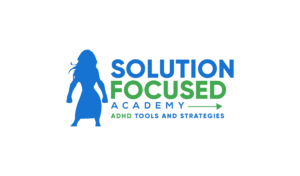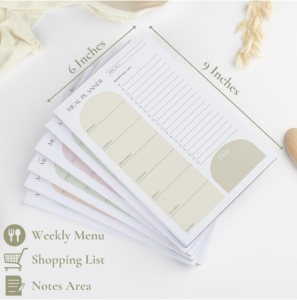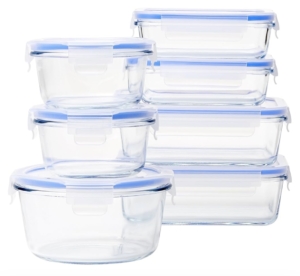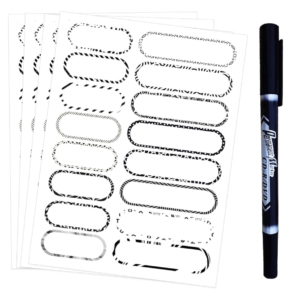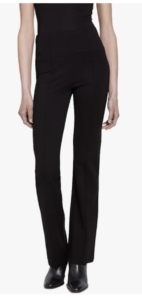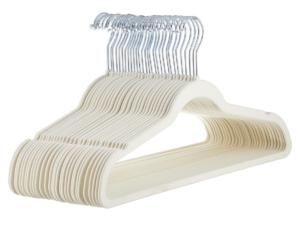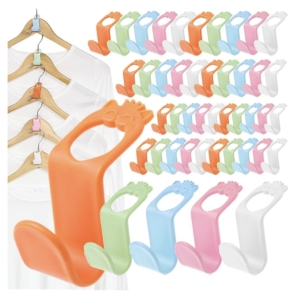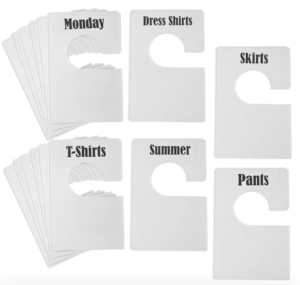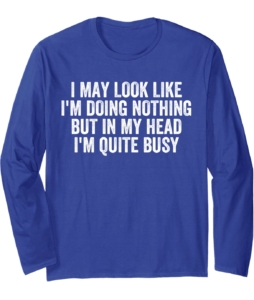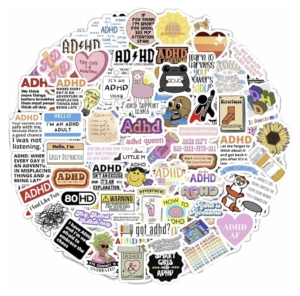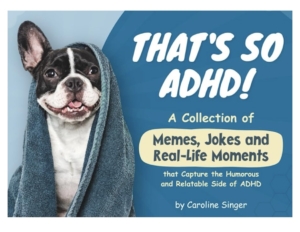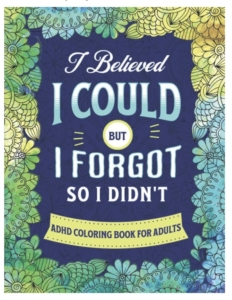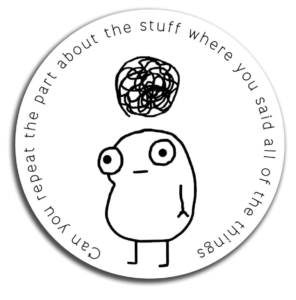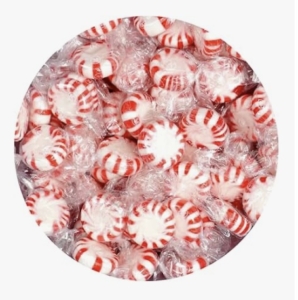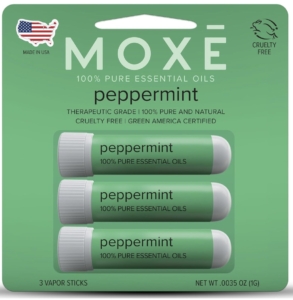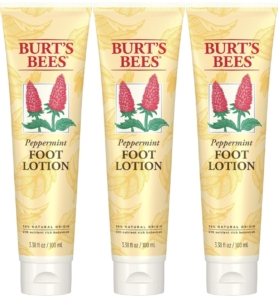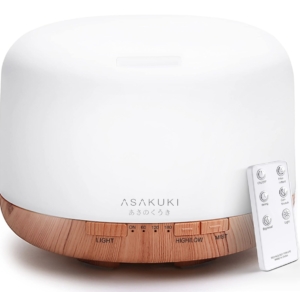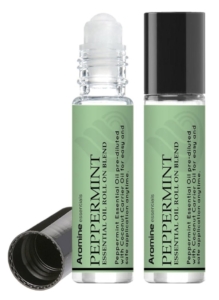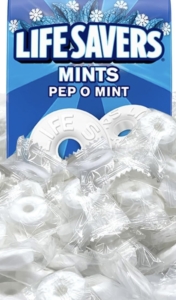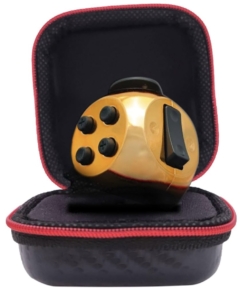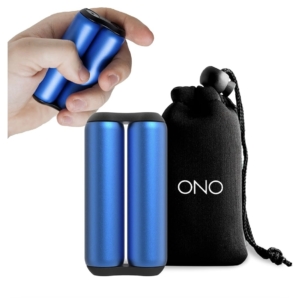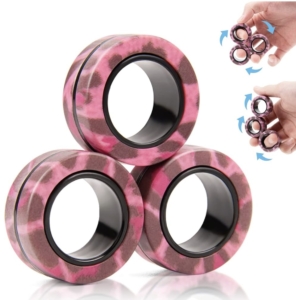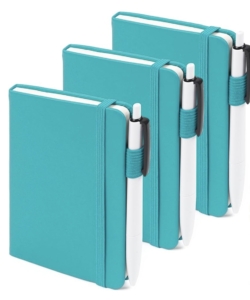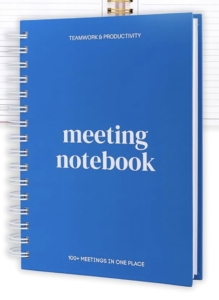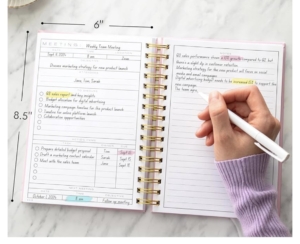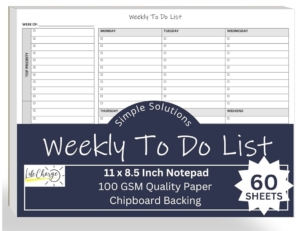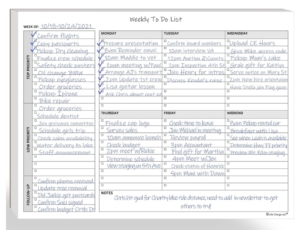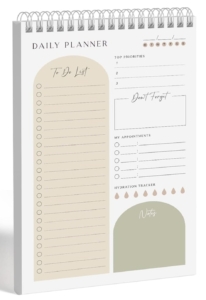Use a Scavenger Hunt Strategy to Boost Focus, Create Fun, and Achieve Change for ADHD Brains
 For most of my clients, the behavior change advice they find on the internet feels like a giant “should.” Unfortunately, this becomes the vocabulary of their inner voice: You *should* be more organized. You *should* stick to a routine. You *should* finish that thing you started three weeks ago. But for ADHD brains, “should” doesn’t spark action—it sparks avoidance.
For most of my clients, the behavior change advice they find on the internet feels like a giant “should.” Unfortunately, this becomes the vocabulary of their inner voice: You *should* be more organized. You *should* stick to a routine. You *should* finish that thing you started three weeks ago. But for ADHD brains, “should” doesn’t spark action—it sparks avoidance.
So what does work? Fun. Novelty. Curiosity. Dopamine!
Enter the Scavenger Hunt Strategy—a playful, brain-friendly way to make change feel like a game instead of a grind.
What Is the Scavenger Hunt Strategy?
It’s exactly what it sounds like. Instead of telling yourself, “I need to clean the kitchen,” you turn the task into a quest:
– Find 5 blue things that don’t belong.
– Rescue 3 rogue coffee mugs from the living room.
– Spot 10 items you haven’t used in a month and banish them.
You’re still doing the task—but now your brain is engaged, activated, and maybe even having a little fun.
Why It Works (Science Says So!)
People with ADHD often have lower levels of dopamine in parts of the brain that manage motivation and reward. That means routine tasks don’t give us the brain buzz they’re supposed to—and it’s easy to lose steam, even on things we care about.
But novelty, challenge, and curiosity? Those light up the ADHD brain.
Research into gamification (turning tasks
 into games) has shown that it can:- Boost motivation and task engagement
into games) has shown that it can:- Boost motivation and task engagement
– Improve initiation and follow-through
– Help activate reward pathways in the brain
So no, it’s not just being silly. It’s science-backed strategy.
How to Use It in Real Life
Here are a few ways to try the Scavenger Hunt Strategy right now:
Chore Quest
Ditch the boring to-do list. Try this:
– “Locate and remove 7 pieces of laundry from the floor.”
– “Find 5 things that don’t belong in this room and relocate them.”
Email Excavation
Clear your inbox like an explorer:
– “Hunt for 3 unopened emails from last week.”
– “Find 1 email you can delete, 1 to reply to, and 1 to forward.”
Healthier Habits Hunt
Trying to move more or eat better?
– “Find 1 new fruit to try today.”
– “Go on a walk and spot 5 different types of trees or flowers.”
Focus Game
When working on a dull task, make it interactive:
– “Highlight 3 interesting phrases in this article.”
– “Find 2 things you didn’t notice before.”
Keep it light. Keep it short. Keep it weird, if that helps.
How Coaching Can Supercharge This Strategy
An ADHD coach can help you: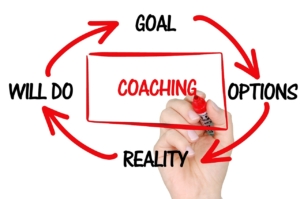
– Personalize scavenger hunts for your goals
– Break overwhelming tasks into playful steps
– Track progress without pressure
– Stay curious and compassionate with yourself
Coaching isn’t about fixing you. It’s about finding what works for your brain—and cheering you on while you try it.
Final Thought: Weird Works
If traditional methods haven’t worked for you, that’s not a failure—it’s a clue. You need a different route, not more discipline. Turning change into a game can be the bridge between “I want to” and “I actually did it.” So grab your imaginary magnifying glass. Let your curiosity lead. The hunt is on.
Your mission, should you choose to accept it:
Pick one boring task today. Turn it into a scavenger hunt. Notice how it feels. Notice what shifts.
You might just find progress hidden in plain sight.
Want to Learn More? Check Out These Studies:
– Hamari, J., Koivisto, J., & Sarsa, H. (2014). *Does gamification work? – A literature review of
empirical studies on gamification.* In *2014 47th Hawaii International Conference on
System Sciences* (pp. 3025–3034). IEEE. https://doi.org/10.1109/HICSS.2014.377
– Cook, J. L., Sutherland, K. S., & Kerns, C. M. (2021). *Using gamification to improve
executive function and engagement in youth with ADHD: A review of the evidence.* *Journal
of Attention Disorders, 25*(8), 1064–1073. https://doi.org/10.1177/1087054720952980
– Volkow, N. D., Wang, G.-J., Kollins, S. H., Wigal, T. L., Newcorn, J. H., Telang, F., … Swanson, J.
M. (2009). *Evaluating dopamine reward pathway in ADHD: Clinical implications.* *JAMA,
302*(10), 1084–1091. https://doi.org/10.1001/jama.2009.1308
